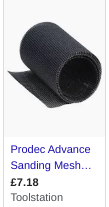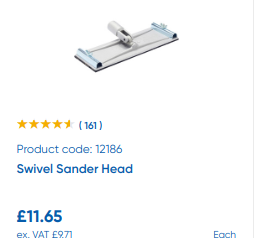ritchyp
Member
I have hauled out my GRP Sail Boat for the Winter. I want to dry out the hull and change some skin fittings and generally go through everything. I noticed that she needs sanding back below the waterline as the existing surface is looking uneven, where the layers of antifoul have have eroded in some places more than others and previous owners have continued to paint over it.
I have decided to sand it back until it is a smooth and even surface. Then prime it with underwater primer and then apply the antifoul paint. She was severely fouled this time after 8 months in the water. Admittedly she was sat around for 6 weeks in June/July due to personal circumstances so that may not have helped. I thought perhaps a coat of hard racing and then a couple of coats of something softer and more like to self erode.
I don't have a lot of knowledge in this area but I try to do as much of the work myself as just the cost of berthing is difficult to manage. I know that that antifouling paint is toxic so I should wear a disposable suit and breathing mask when sanding. Which size grit paper should I start with also....?
Advice appreciated
I have decided to sand it back until it is a smooth and even surface. Then prime it with underwater primer and then apply the antifoul paint. She was severely fouled this time after 8 months in the water. Admittedly she was sat around for 6 weeks in June/July due to personal circumstances so that may not have helped. I thought perhaps a coat of hard racing and then a couple of coats of something softer and more like to self erode.
I don't have a lot of knowledge in this area but I try to do as much of the work myself as just the cost of berthing is difficult to manage. I know that that antifouling paint is toxic so I should wear a disposable suit and breathing mask when sanding. Which size grit paper should I start with also....?
Advice appreciated



